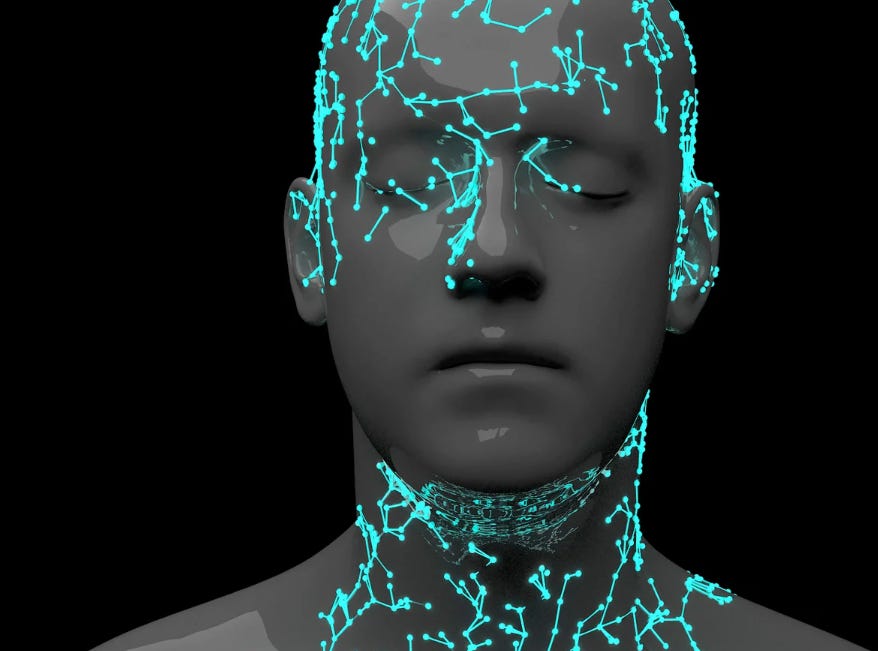AI spots hidden signs of consciousness in comatose patients before doctors do
SCIENTIFIC AMERICAN
In a new study published in Communications Medicine, researchers found that they could detect signs of consciousness in comatose patients by using artificial intelligence to analyze facial movements that were too small to be noticed by clinicians.
Covert consciousness was first detected in 2006, when researchers asked an unresponsive woman and healthy volunteers to imagine doing specific tasks while in a brain scanner.
The team found that the woman showed brain activity in the same regions as the volunteers. Just last year researchers using similar brain imaging methods found that one in four behaviorally unresponsive patients was covertly conscious.
Such tests aren’t routinely performed on people in an unresponsive state because this type of neuroimaging is time-consuming and its operation requires specialized skills.
Instead, doctors typically rely on more subjective visual examinations to gauge a person’s level of consciousness, testing whether they open their eyes, respond to commands or startle at a loud noise.
Read more | SCIENTIFIC AMERICAN

